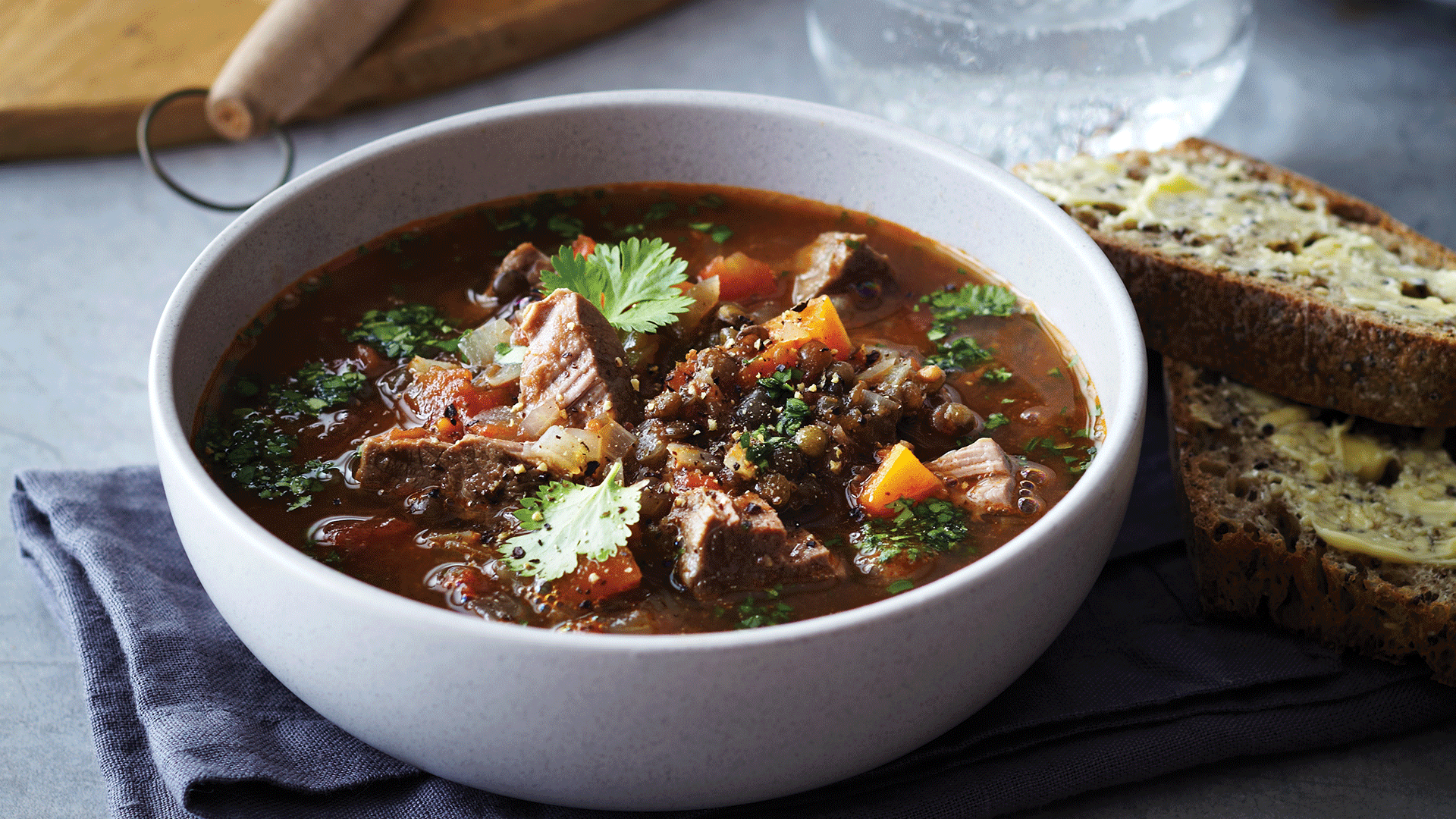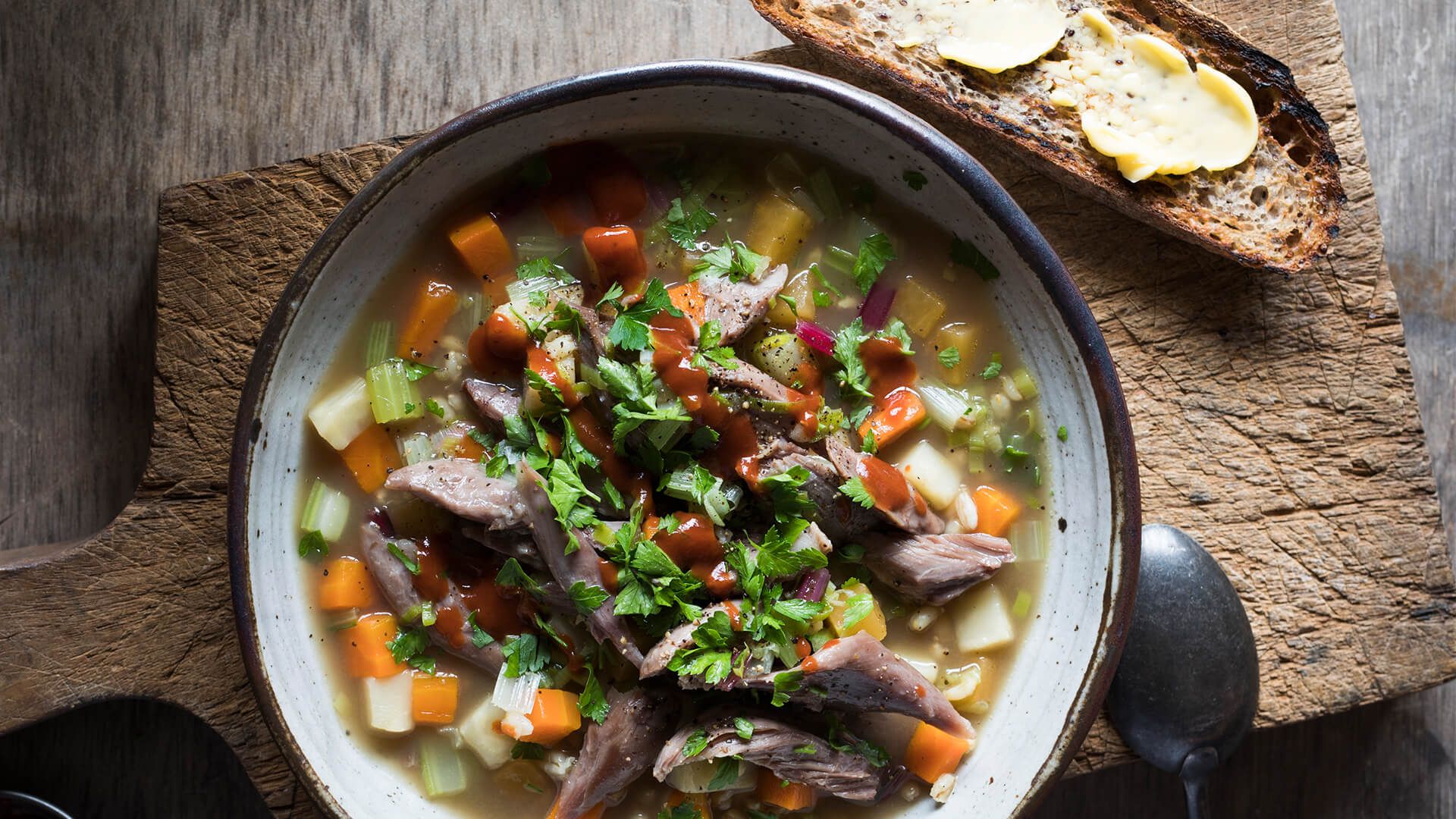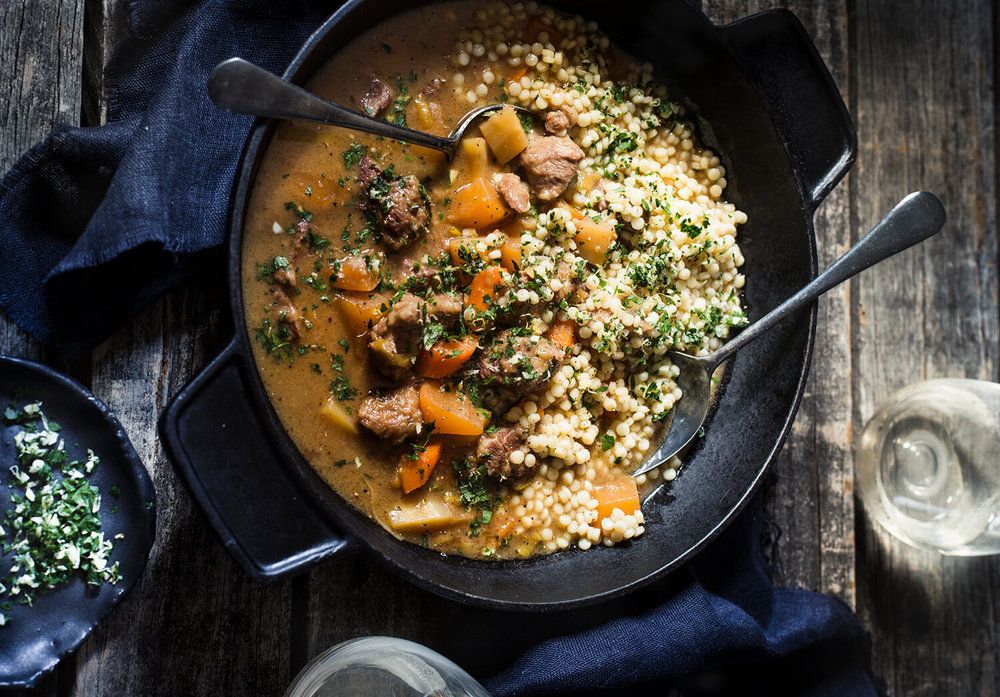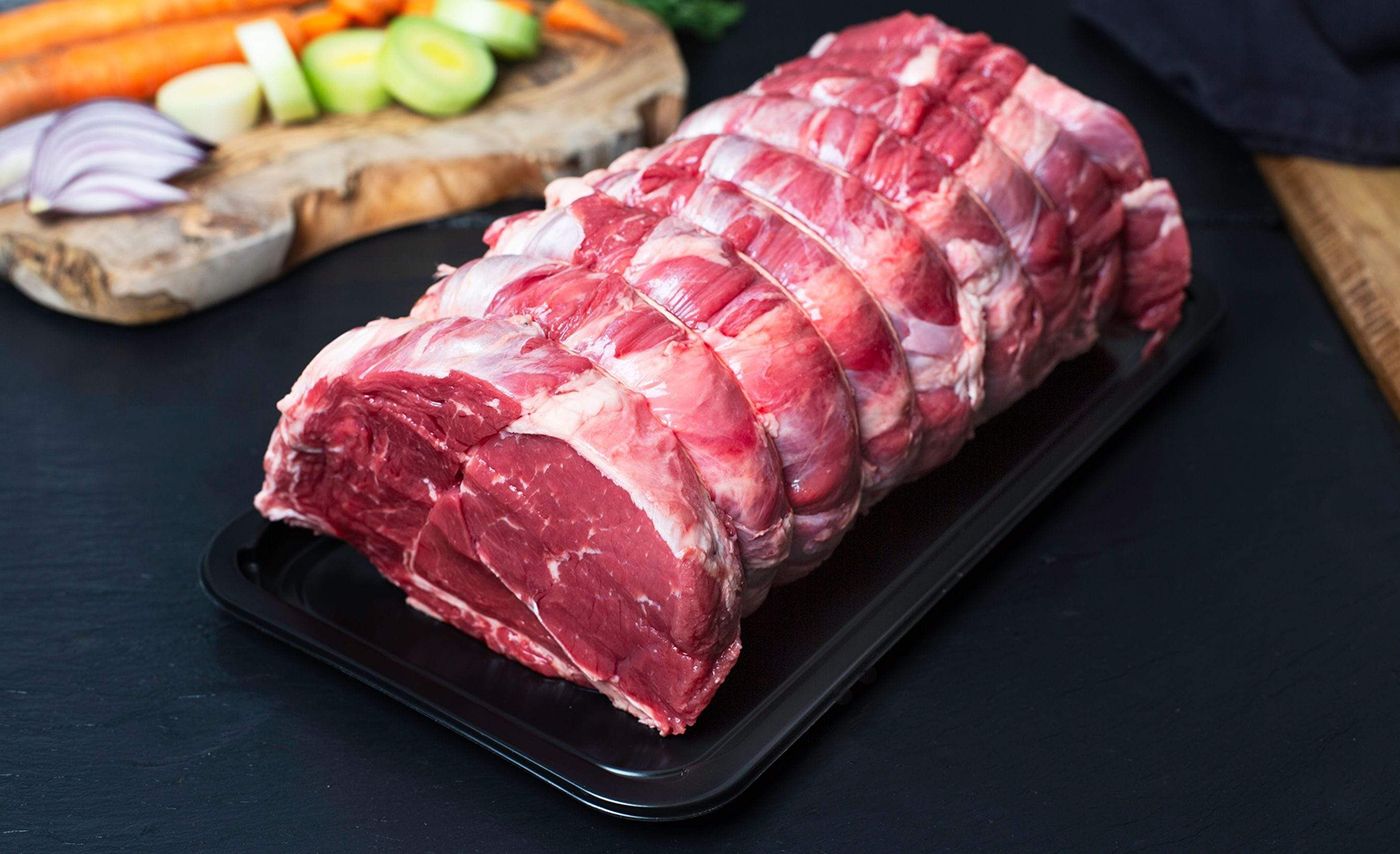Learn
| Nutrition | Soul soups: the health benefits of soup
Soul soups: the health benefits of soup

Brrrr, the temperature’s suddenly dropped and snow is even falling in some parts of our beautiful whenua. When winter weather starts to bite, it’s a perfect time for comfort food and a steaming bowl of nourishing soup ticks that box. There are reasons suggested why soups are good for your soul, but we think it’s all in the delivery, as they’re often made with love for someone feeling under the weather or unwell. A bowl of heart-warming soup has the ability to make you feel comforted and cared for.
Soups aren’t just delicious and filling, they’re also incredibly nourishing. It’ll obviously depend on the ingredients and whether they are homemade or store-brought. Homemade soups are generally lower in sodium (salt), which is better for those with high blood pressure, and higher in vegetables and fibre. But here are even more reasons to get a pot of soup bubbling on the stove.
Good for Immunity
When a soup is cooked with a meat-base it provides nutrition that is excellent to support immunity. For example soups cooked with beef and lamb provide iron, zinc and B vitamins, known to support our immune system. Throw in some vegetables such as potatoes, kumara, pumpkin, capsicums and/or broccoli and BOOM, the added vitamin C means you’re onto a winner.
Simmering a meaty bone also releases small amounts of the minerals, calcium and magnesium as well as collagen. The marrow and cartilage in the meaty soup bone are sources of gelatin, a protein produced from collagen. Protein requirements actually increase when we’re ill, and protein in the form of meat and meat gelatine, supports the immune system through enabling tissue building and repair, and is needed for our bodies’ inflammatory response.

Pumps up your vege intake
With home-made soups you can be packing in more than your 5+ A day of veggies, and all in one tasty, nourishing bowl. A big pot of soup allows you to throw in so many veges, even some off those sadder ones tucked away in the bottom of your fridge draw, like that bendy carrot. For example our lamb and barley soup below has cabbage, carrots, potatoes, tomatoes and onions, but you could throw in whatever you have on hand, such as parsnips, turnips, swede, celery, kumara, pumpkin, mushrooms, leek, choko, the list goes on. TIP: gently fry up your onions or leeks and then add them to the soup, remembering to wash the pan juices with a little boiling water and pour this into the soup as well. This enhances the flavour of the soup.
Pump up your pulses
Nearly all of the recipes below include some sort of pulses, such as lentils and beans, or wholegrains such as pearl barley. The addition of these bulk out the soup, provide even more protein, as well as adding fibre, which is linked to good gut health. It’s so easy to add a drained tin of beans or throw some rinsed, dry lentils into your soup as it’s bubbling away on the stove.
Keeps you fuller for longer
Studies testing people's hunger, feeling of fullness and subsequent food eaten after soup is consumed has shown soup makes us feel fuller, and people tend to eat less for the rest of the day when they have it. Many repeated studies have shown soup increases satiety because it is slower to empty from the stomach, thus making us feel fuller for longer and releasing hormones telling our brain we we’ve had enough to eat.

Soups are incredibly simple to pull together and a great opportunity to reduce food waste going to land fill. Use up the leftover lamb roast (throw the bone in too) and bits of vege floating around in the fridge or pantry. Check out the eight simple steps to ‘Whatever Soup’ below:
Brown up your beef or lamb and throw it in a big stock pot or large slow cooker. TIP you can miss this step if you’re using leftover roast meat and bone from the previous night.
- Cover with water and add 2 teaspoons of beef stock powder, 2 Tablespoons of tomato paste (optional) and two bay leaves. Slowly bring to the boil.
- Cut up whatever veges you have on hand, just make sure they’re all about the same size (no more than 2cm cubed) when you add them to the soup.
- Sauté a leek and/or onion and throw in 1 heaped teaspoon crushed garlic to the end of the frying process. Add this to the soup.
- Add a tin of beans or lentils - white haricot beans are a lovely option if you have them. You could add ½ cup of dry lentils or pearl barley (rinse these first). Or some wholegrain pasta or brown rice. Add more water if necessary so that all ingredients are covered. .
- Gently simmer on a low heat for several hours until the vegetables are cooked through and lentils or pearl barley have softened.
- Remove bone and allow to cool a little, then take off any meat and return to the pot. Taste and adjust seasonings. Add more water if it’s too thick.
- Add some chopped fresh herbs such as parsley and serve.
This soup could be blended or mashed and served to infants. If you don’t have beef stock, tomato paste or bay leaves, change up for a couple Tablespoons Marmite or Worcestershire sauce or whatever dried herbs you have on hand such as oregano or thyme.
So get that soup pot out of the back of the cupboard or the slow cooker cranked up because we’ve got some of our favourite soups for you:

Posted by Regina Wypych








